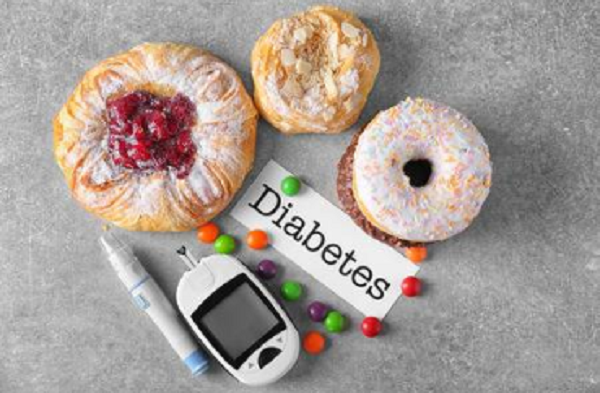A "safe" blood sugar level is an optimal blood sugar range that provides adequate energy for the body's functioning.
This “safe” range of blood sugar will vary and change throughout the day depending on your pre-meal and post-meal conditions. In particular, the “safe” blood sugar range will vary between a person with diabetes and a person without diabetes.
For those who do not have diabetes, fasting blood sugar is "safe" when it is between 70-100 mg / dl. Blood sugar measured two hours after meals is less than 140 mg / dl. However, the “safe” fasting blood sugar range for diabetics will be 80–130 mg / dl and 1–2 hours after meals is less than 180 mg / dl as recommended by the American Diabetes Association. Today, this number is recommended as low as the level of a person without diabetes, the more beneficial it is to prevent complications caused by diabetes.

In addition to fasting and postprandial blood sugar levels, a blood test called hemoglobin A1c (HbA1c, A1C) shows the average blood sugar level over the previous 2–3 months. For the average person, the A1C would be below 5.7%. As for diabetics, this is recommended below 7.0%. For young, newly infected, uncomplicated patients, the recommended A1C level is lower (6-6.5%) while for the elderly, with complications or associated cardiovascular disease, the level of A higher A1C is still acceptable (<8%).
In addition to keeping blood sugar within the "safe" range, it is important to avoid fluctuations in blood sugar, which will increase or decrease dramatically as this increases the risk of complications such as heart attack and stroke.
Previously, with the A1C test, we could not assess the fluctuations in blood sugar throughout the day. Currently, the system of continuous blood sugar monitoring will help detect and thereby adjust the treatment regimen more accurately and subtly.
A common question among diabetics is how to read the results. According to the US system, the resulting unit of blood sugar is measured in milligrams / deciliter (mg / dl) while according to Canadian, Australian and British readings, this unit is millimoles / liter (mmol / L). You can convert this to American by multiplying by 18. For example, if your blood sugar is 7mmol / L, your reading in US would be 126 mg / dl.
What is the safe bood sugar level?
Hunger time
People without diabetes: 70–99 mg / dl (3.9–5.5 mmol / L)
Diabetics: 80–130 mg / dl (4.4–7.2 mmol / L)
2 hours after a meal
People without diabetes: <140 mg / dl (7.8 mmol / L)
Diabetics: <180 mg / dl (10.0 mmol / L)
HbA1c
People without diabetes: <5.7%
Diabetics: <7.0%
Should you have any questions, please do not hesitate to contact us:
City International Hospital
- Address: No. 3, 17A Street, Binh Tri Dong B Ward, Binh Tan Dist. (Next to AEON Mall Binh Tan). Ho Chi Minh City.
- Operator: (+8428) 6280 3333, ext. 0
- 24/7 Emergency: (+8428) 6290 1155
- Website: https://cih.com.vn/en/
- Fan page: https://www.facebook.com/BenhVienQuocTeCity/
- Email: This email address is being protected from spambots. You need JavaScript enabled to view it.
General disclaimer
Always consult your doctor regarding any concern about your health. Your doctor will be in the best position to give the appropriate medical advice. For suspected undesirable drug reaction and seek medical attention immediately.










